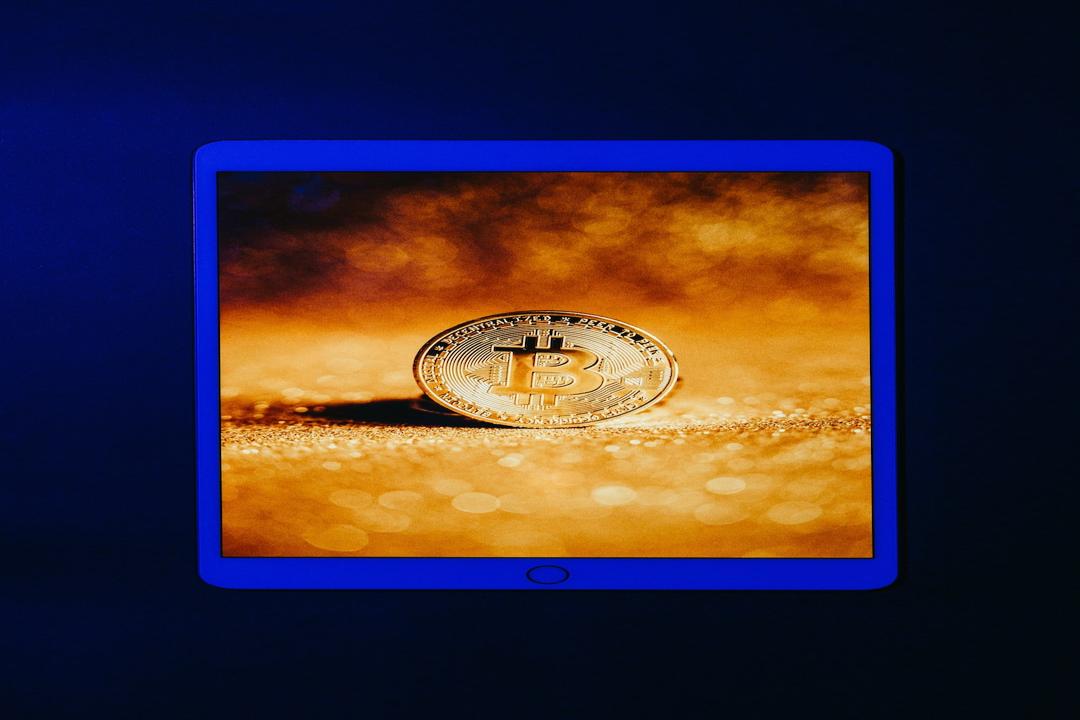The U.S. Securities and Exchange Commission (SEC) granted approval for the Ethereum spot exchange-traded fund (ETF) on May 23. However, despite this highly anticipated decision, the price of Ether (ETH) failed to maintain its position above $3,800 on May 24. This came as a surprise, considering that just two days earlier, ETH was trading at $3,943. The market had been uncertain about the likelihood of approval, and the timing of the decision caught many off guard.
It is worth noting that Ethereum is still trading 24% below its all-time high. Some market participants were quick to point out that the SEC has yet to approve the individual S-1 statements from each issuer, a process that could take several weeks or even months. This delay, along with other factors such as the network’s stagnant growth, high transaction fees, and regulatory uncertainty in the U.S., is impacting Ether’s performance.
A significant portion of the recent profit-taking can be attributed to the expectation of the spot ETF’s approval. This anticipation triggered a 23% rally on May 20, leading to the phenomenon known as “sell the news.” Traders purchased ETH in anticipation of the official announcement, especially after reports that the SEC had urged exchanges like the NYSE and Nasdaq to expedite their 19b-4 filings on May 20.
Despite the excitement surrounding the spot ETF approval, Ether remains 24% below its all-time high of $4,868 from November 2021. This suggests that the enthusiasm was not enough to drive Ether’s market capitalization beyond its current value of $445 billion. Interestingly, Bitcoin (BTC) is trading just 7% below its all-time high from March 2024, indicating that other factors are also impacting Ether’s performance.
Metrics for the Ethereum network show no signs of improvement over the past 30 days. Usage metrics, such as decentralized applications (DApps) volumes and deposits, have exhibited a lack of growth. The total value locked (TVL) in the Ethereum network decreased by 6% after reaching a peak of 18.3 million ETH on May 16. It is important to note that this metric does not account for DApps that do not require a significant deposit base, such as non-fungible token (NFT) marketplaces, games, social networks, and collectibles. Upon closer examination, it becomes evident that Uniswap, the top decentralized exchange (DEX), dominates the network’s leading applications.
Additionally, seven out of the top ten Ethereum DApps, ranked by 30-day volumes, experienced a decline in active addresses. Uniswap, the leading DApp, saw a 25% drop in activity. Moreover, several DApps struggled to attract more than 4,000 addresses, raising concerns about the potential market size for this network, particularly when competitors offer significantly lower fees.
Another challenge for Ethereum is the issue of miner-extracted value (MEV). This practice, where validators organize transactions within a block to generate profits, has led to network congestion and higher gas fees. Ethereum co-founder Vitalik Buterin proposed protocol-level controls to address this issue on May 17. However, a practical solution is unlikely to emerge in the near future.
Although the spot ETF approval is a positive regulatory development, classifying Ether as a digital commodity, ongoing regulatory actions against Consensys and the Ethereum Foundation continue to cast a shadow. Until the SEC signs off on the S-1 registration statements, the classification of Ether as a non-security instrument remains an open question.
In April, Consensys received a Wells notice from the SEC regarding MetaMask’s trading and staking services. Furthermore, reports in March indicated that the regulator was investigating firms with alleged connections to the Ethereum Foundation regarding its staking services. These regulatory uncertainties have further impacted Ether’s performance.
It is important to note that this article does not provide investment advice or recommendations. Every investment and trading decision carries risks, and readers should conduct their own research before making any decisions.

